Related Research Articles
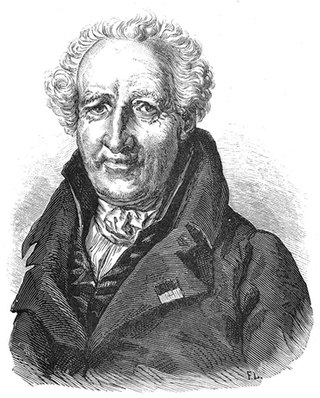
Antoine Laurent de Jussieu was a French botanist, notable as the first to publish a natural classification of flowering plants; much of his system remains in use today. His classification was based on an extended unpublished work by his uncle, the botanist Bernard de Jussieu.

The Jardin des plantes, also known as the Jardin des plantes de Paris when distinguished from other jardins des plantes in other cities, is the main botanical garden in France. The term Jardin des plantes is the official name in the present day, but it is in fact an elliptical form of Jardin royal des plantes médicinales, which is related to the original purpose of the garden back in the 17th century.

Bernard de Jussieu was a French naturalist, younger brother of Antoine de Jussieu.

Antoine de Jussieu was a French naturalist, botanist, and physician. The standard author abbreviation Ant.Juss. is used to indicate this person as the author when citing a botanical name.

Michel Adanson was an 18th-century French botanist and naturalist who traveled to Senegal to study flora and fauna. He proposed a "natural system" of taxonomy distinct from the binomial system forwarded by Linnaeus.

The French National Museum of Natural History, known in French as the Muséum national d'histoire naturelle, is the national natural history museum of France and a grand établissement of higher education part of Sorbonne Universities. The main museum, with four galleries, is located in Paris, France, within the Jardin des Plantes on the left bank of the River Seine. It was formally founded in 1793, during the French Revolution, but was begun even earlier in 1635 as the royal garden of medicinal plants. The museum now has 14 sites throughout France.

Adrien-Henri de Jussieu was a French botanist.

Pierre Magnol was a French botanist. He was born in the city of Montpellier, where he lived and worked for most of his life. He became Professor of Botany and Director of the Royal Botanic Garden of Montpellier and held a seat in the Académie Royale des Sciences de Paris for a short while. He was one of the innovators who devised the botanical scheme of classification. He was the first to publish the concept of plant families as they are understood today, a natural classification of groups of plants that have features in common.
Louis-Guillaume Le Monnier was a French natural scientist and contributor to the Encyclopédie ou Dictionnaire raisonné des sciences, des arts et des métiers.

Joseph Pitton de Tournefort was a French botanist, notable as the first to make a clear definition of the concept of genus for plants. Botanist Charles Plumier was his pupil and accompanied him on his voyages.
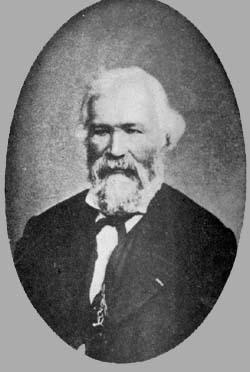
Louis René Étienne Tulasne, a.k.a. Edmond Tulasne was a French botanist and mycologist born in Azay-le-Rideau.
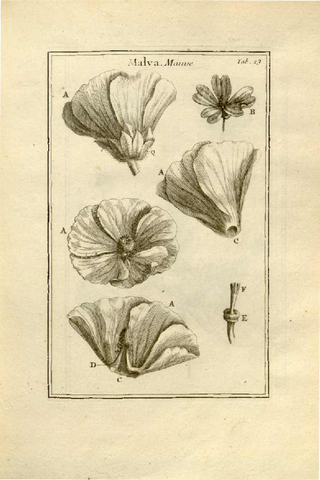
Claude Aubriet was a French illustrator and botanical artist. The standard author abbreviation Aubriet is used to indicate this person as the author when citing a botanical name.

Étienne Pierre Ventenat was a French botanist born in Limoges. He was the brother of naturalist Louis Ventenat (1765–1794).
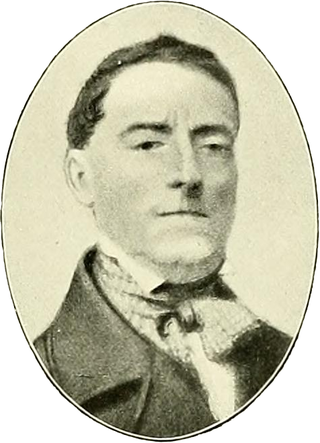
Édouard Spach was a French botanist. The standard author abbreviation Spach is used to indicate this person as the author when citing a botanical name.
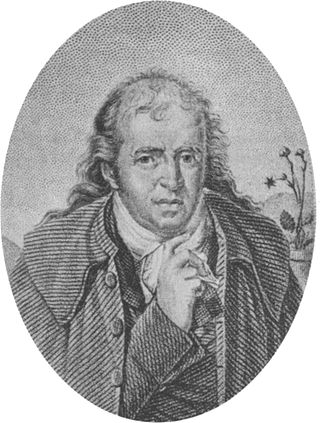
Antoine Nicolas Duchesne was a French botanist known for his keen observation of variation within species, and for demonstrating that species are not immutable, because mutations can occur. "As Duchesne's observations were unaided by knowledge of modern concepts of genetics and molecular biology, his insight was truly remarkable." His particular interests were in strawberries and gourds.

Jean-Emmanuel-Marie Le Maout was a French naturalist.
Eugène Louis Melchior Patrin was a French mineralogist and naturalist.
Antoine-Tristan Danty d'Isnard was a French botanist.

Les Vélins du Roi is a compendium of 6984 plant and animal paintings started in 1631 to document specimens from the royal garden and animal collection. Foremost illustrators such as Nicolas Robert, Pancrace Bessa, Gerard van Spaendonck, Claude Aubriet and Madeleine Françoise Basseporte contributed to the codex through the reigns of Louis XIII, Louis XIV and Louis XV, and the codex was finally entrusted in 1793 to the Museum Nationale d’Histoire Naturelle, where it remains.
Élisabeth Julienne Pommereul was a French botanist who worked under the teachings of the French botanist Tournefort and Swedish botanist Linnaeus to study classifications and counts of grass types in the Jardin du Roi.
References
- 1 2 3 4 5 6 One or more of the preceding sentences incorporates text from a publication now in the public domain : Chisholm, Hugh, ed. (1911). "Jussieu, De". Encyclopædia Britannica . Vol. 15 (11th ed.). Cambridge University Press. pp. 593–594.
- Rompel, Joseph (1910). . Catholic Encyclopedia . Vol. 8.